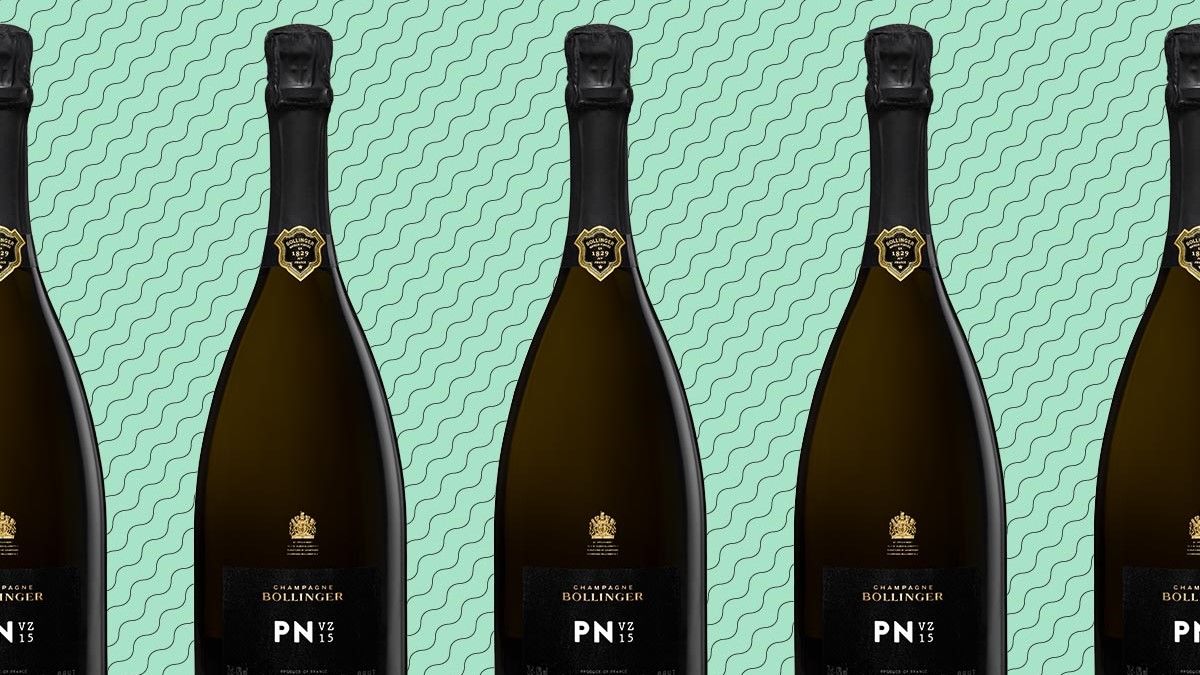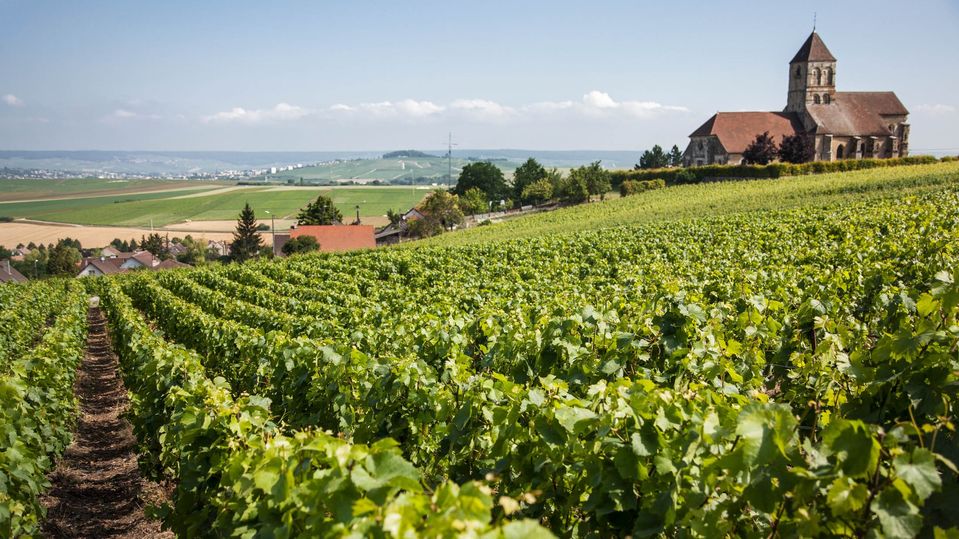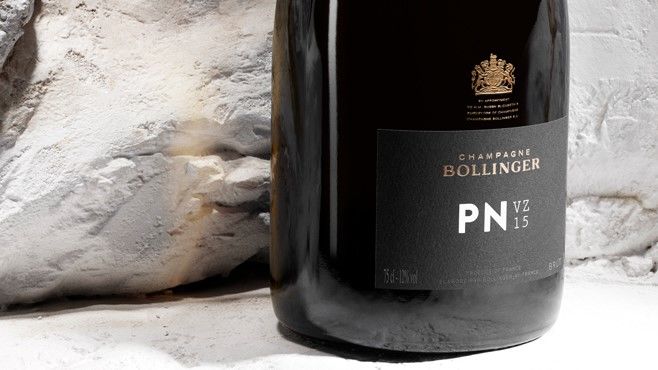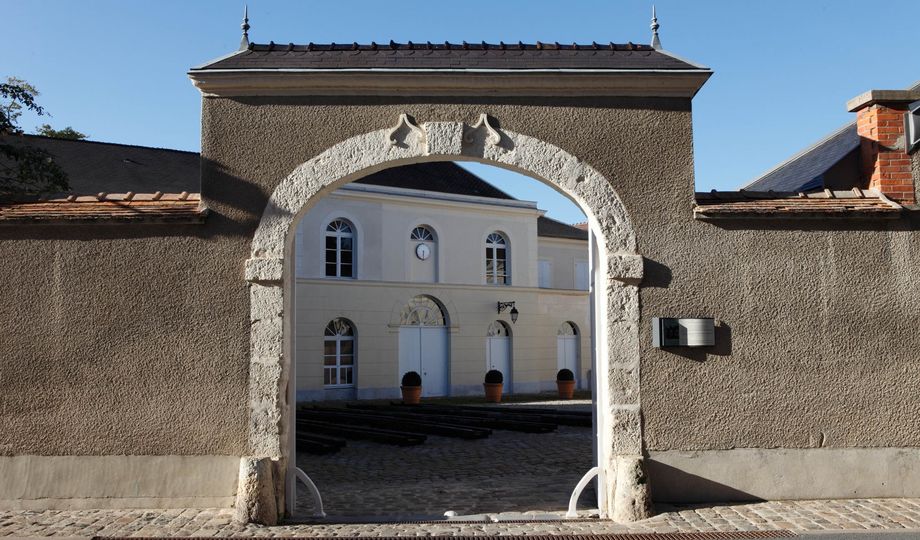Bollinger’s ‘baby brother’ Champagne is a reason to celebrate
Both delicious and innovative, Bollinger's PN VZ15 Champagne is due to arrive in September.

The middle of a pandemic is a pretty strange time to introduce a brand-new Champagne, even if you’re the powerful fizz brand associated with James Bond.
But hold on: The debut of the stunning Bollinger PN VZ15, which will arrive in the U.S. in September, turns out to be a prime time event for bubbly lovers.
It’s named for the project code written on barrels in the cellar. The “PN” stands for pinot noir, which is the only grape used in its production, and the “VZ” stands for Verzenay, a village with deep, chalky soil where about 50% of the grapes came from. The “15” is the vintage of the majority of the wine.
The oddly named, oddly timed release is the first edition of a series to be released every year.
“Major Champagne houses rarely add a new wine to their permanent range,” says Peter Liem, author of Champagne: The Essential Guide to the Wines, Producers, and Terroirs of the Iconic Region. “Bollinger debuted its last one 12 years ago. Expectations were high.”
Spoiler alert: This all-pinot noir fizz is gorgeous, fresh, and vibrant, yet also rich and succulent. Intense aromas hinting of mint, flowers, and smoky nuts marry deep flavours of cool, red fruit and an almost salty, chalky finish.
It’s listed at the eminently reasonable price of US$120, but you can find it for as little as US$100.
The project started five years ago as a crazy contest among four winemakers on the Bollinger team. I got the backstory via Zoom from company headquarters in the village of Ay in France’s Champagne.
Deputy chef de cave Denis Bunner and managing director Charles-Armand de Belenet sat at an historic desk that once belonged to Lily Bollinger, one of the region’s famous widows.
The scene was symbolic: She launched one of Bollinger’s most iconic cuvees, the Vieilles Vignes Francaises, first produced in 1969.
The grapes come from two tiny, walled vineyard plots that total less than one acre and contain very old vines that are among the few remaining ungrafted examples in Champagne.
The wine is produced only in exceptional vintages and in tiny quantities: for current release 2007, only 3,132 bottles. (The latest vintage goes for about US$1,000 a bottle.)
Until now, these VVF wines have been the only 100% pinot, or blanc de noirs, among the company’s six-Champagne portfolio. Most Champagnes are blends—of grapes, of vintages, and of vineyards in various sub-regions.
Typically, grandes marques houses such as Moët et Chandon purchase and combine grapes and wine from the region’s thousands of small growers.
Champagne challenge accepted
The rarity of the VVF wines inspired cellar master Gilles Descotes to set a challenge for himself and three other winemakers: Each would come up with a new non-vintage, all-pinot wine that would be more affordable (thanks, guys!) and accessible while reflecting a sense of place.
“The idea was to create a little brother to the Vieilles Vignes,” Bunner says.
A blind tasting decided the winner of the experiments, which became the base wine for Bollinger’s new cuvée PN VZ15.
“We think of this as a continuing deep dive into pinot noir and Champagne’s terroirs,” explains de Belenet. “We’re exploring all its facets, searching to understand its diversity through highlighting the tastes of different villages and vineyards.”
Usually, the goal for any non-vintage cuvée is to replicate the style and taste year after year. But the PN VZ15 also reflects the kind of experimentation by trend-setting small grower Champagne makers over the past couple of decades.
Pinot is one of the three most important varieties of Champagne, along with chardonnay and meunier, and much non-vintage bubbly includes all three.
In this chilly region – as far north as vines can be grown commercially – blends used to be necessary to ensure that wine could be sold even in poor years. Global warming is changing things.
Based in Ay, Champagne’s pinot heartland, the brand has used the grape as a key piece of its DNA to create the rich, full style of all its bottlings.
Of its 178 hectares of vineyards, 104 are planted to pinot noir.
More than half the grapes were fermented – and the wine aged – in oak barrels of different sizes, which gives it a creamy texture.
Some lots were aged in stainless steel tanks, which results in a bright, zingy, vibrant character. Older reserve wine aged in magnums is added to provide richness and intense aromas.
Getting the balance right
In PN VZ15, reserve wine from 2009 makes up 20% of the blend, a lot more than is typical in non-vintage Champagnes.
Releasing such an ambitious cuvée at a reduced price point is an essential strategy right now.
Champagne sales in April and May were down 75% from the same period last year, as weddings were postponed and gatherings such as Wimbledon, the tennis event at which 25,000 bottles of bubbly are usually consumed, were cancelled.
The closure of France’s restaurants, bars, and hotels temporarily dealt a blow to that popular dining out aperitif, a coupe de Champagne.
Those destinations represent about one-third of Champagne’s market in France, which consumes nearly half of all the country produces.
The trade organization CIVC (Comité Interprofessionnel du Vin de Champagne) estimates that the overall loss in sales volume in 2020 may be as high as 100 million bottles.
But hey, prestige Champagnes such as PN VZ15 are still one of the world’s relatively affordable luxuries. This summer, for the first time, Bollinger is open to visitors. But you won’t have to go that far to enjoy the fizz.
This article is published under license from Bloomberg Media: the original article can be viewed here





Virgin Australia - Velocity Rewards
24 Jan 2018
Total posts 718
Why darling this would be absolutely fabulous news, but @ US$100/bottle that means it'll be nearly double that by the time it reaches Oz. And, alas, without the endorsement of Master Sommeliers, Medames Joanna Lumley and Jennifer Saunders, I'll just have to 'slum it' with Bolli's NV @ a comparatively humiliating A$70/bottle (but, please don't tell anyone).
Hi Guest, join in the discussion on Bollinger’s ‘baby brother’ Champagne is a reason to celebrate